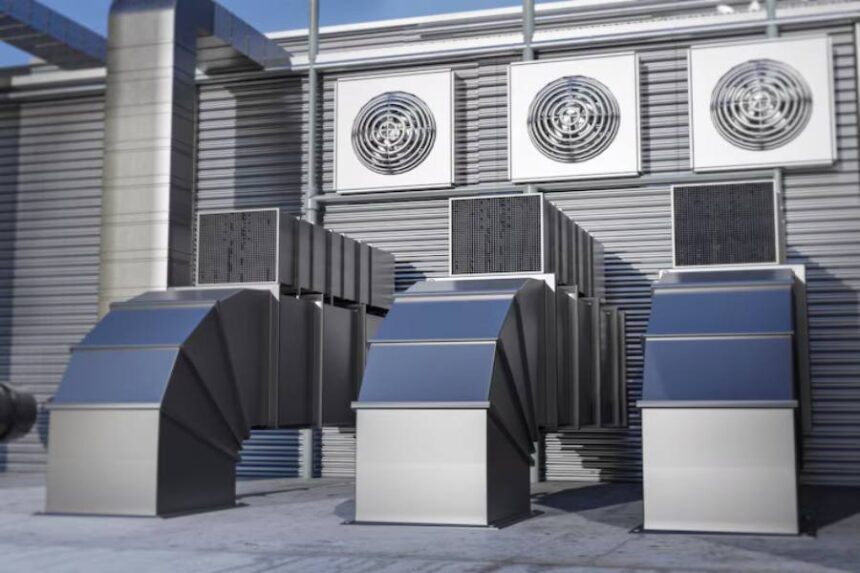Making residential buildings more energy-efficient is definitely one of the big challenges in modern construction and everyday living. Ventilation systems aren’t just about fresh air anymore — they play a huge role in creating a comfortable microclimate while cutting down on energy bills. In this article, we will look at key innovations that help improve ventilation and reduce energy consumption in residential buildings.
Smart ventilation controls
One of the biggest game-changers lately is smart control technology. Imagine an air ventilation system that knows when you are home, what the humidity is in the room, and whether the air feels fresh or not. This is actually what these intelligent systems do. They automatically adjust the air flow so you don’t waste energy when no one is around.
A well-known German manufacturer, Blauberg, offers high-quality solutions with a modern design. Their systems include balanced technical characteristics confirmed by the world’s leading laboratories. You can visit the website and learn more about the product at any time.
The main functions of smart systems:
- Real-time air quality monitoring.
- Automatic fan speed change.
- Remote control and monitoring via smartphone apps.
- Self-diagnostics and alerts for maintenance needs or system faults.
This adaptability allows for a great reduction in energy costs, as ventilation operates only when necessary, maintaining comfortable conditions.
Heat recovery technologies
Heat recovery systems (HRV and ERV) are another important innovation. These systems grab the heat from the exhaust air and use it to warm up the fresh air coming in. It’s like recycling heat! And guess what? You can save up to 90% of your thermal energy.
What does that mean in practice? Less need to turn on the heater or air conditioner, which lowers energy bills. Plus, these systems keep humidity balanced and improve indoor air quality. They also put less stress on heating/cooling gear, so machines last longer and require less maintenance.
Overall, heat recovery is a smart way to keep your home comfy without wasting energy or hurting the planet.
Integration with renewable energy and building automation
The latest trend? Integrating ventilation with renewable energy sources and building automation systems. This means your ventilation can work smarter, not harder — using solar power when it’s available or syncing with your heating/cooling systems to avoid any clashes.
This integration lets you:
- Coordinate ventilation operation with heating and cooling systems.
- Use data to improve efficiency.
- Manage ventilation centrally through smart systems.
This boosts energy efficiency, as well as improves user convenience, making the smart home concept a reality.
So, innovation in air ventilation really does matter. These solutions help cut down energy use and make your living space much more comfortable. Their use is an important step toward sustainable and comfortable living.




